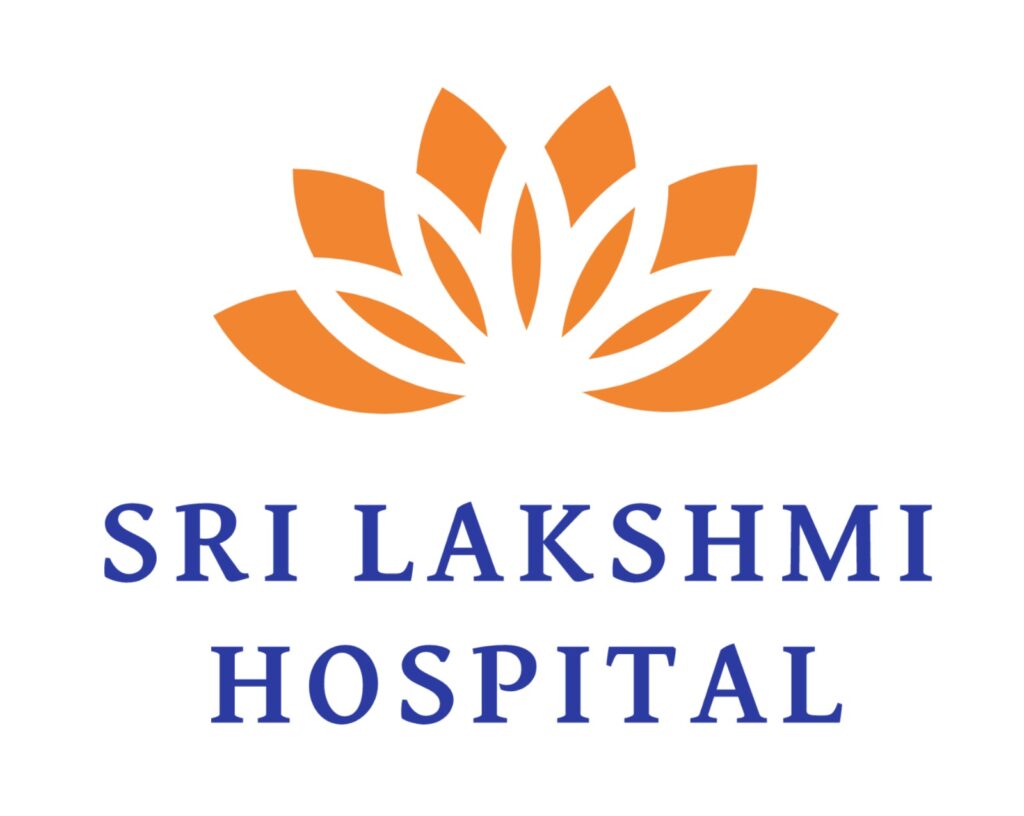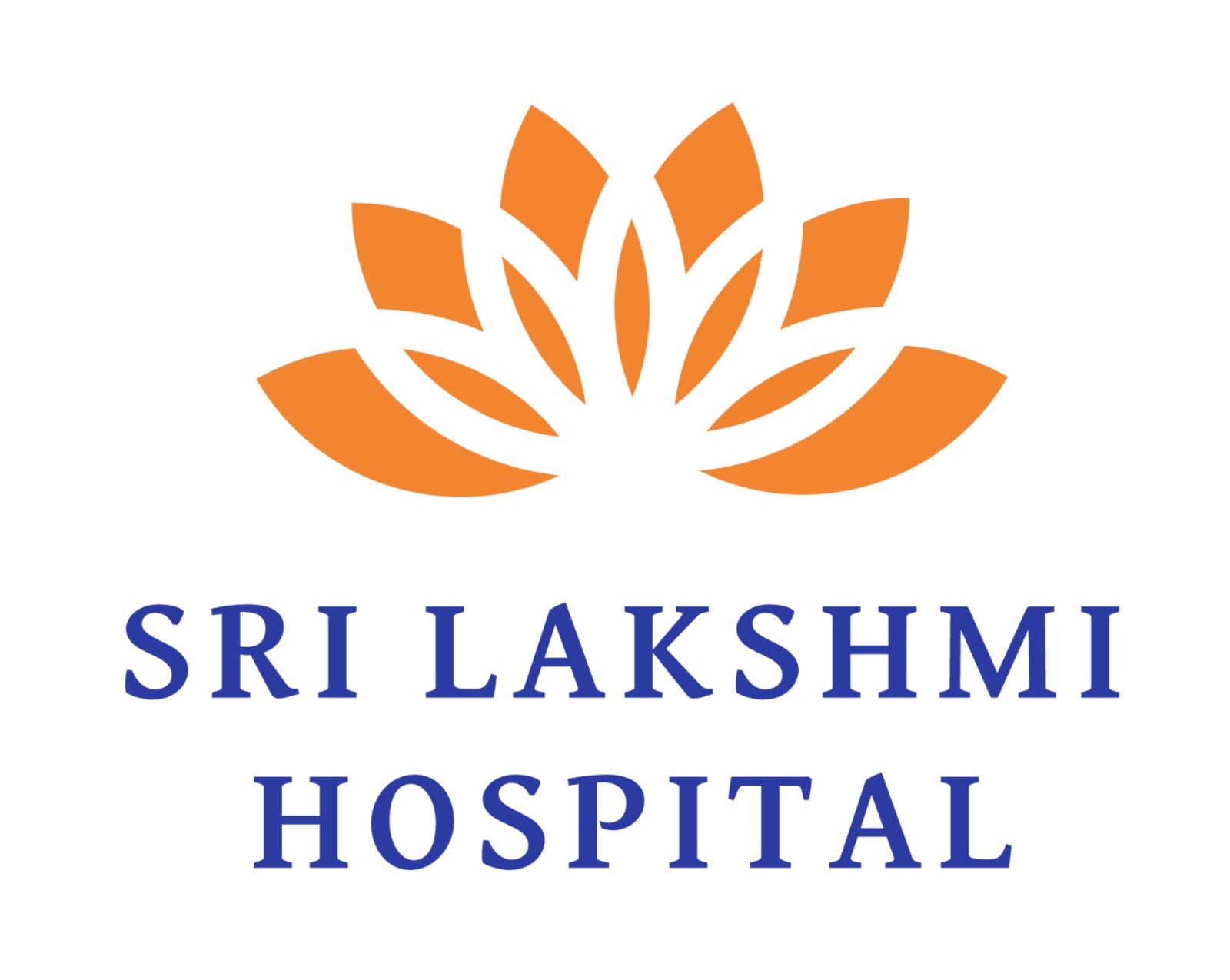Ovarian cysts are fluid-filled sacs that develop on or inside the ovaries. While many ovarian cysts are harmless and resolve on their own, others can cause symptoms and complications. Understanding the causes, symptoms, and treatment options for ovarian cysts is crucial for maintaining optimal reproductive health.
What is an Ovarian Cyst?
Ovarian cysts are common, especially during the reproductive years, and many women will experience them at some point in their lives. Most cysts are benign (non-cancerous) and form as part of the normal menstrual cycle. However, in some cases, cysts can grow larger, rupture, or cause discomfort.
There are different types of ovarian cysts, including functional cysts (which occur during the menstrual cycle) and pathological cysts (which may be related to conditions like endometriosis or polycystic ovary syndrome).
Symptoms of Ovarian Cysts
Many ovarian cysts cause no symptoms and are discovered during routine pelvic exams. However, if symptoms occur, they may include:
- Pelvic Pain: A dull ache or sharp pain in the lower abdomen or pelvis, often felt on one side.
- Bloating or Fullness: A feeling of fullness or pressure in the abdomen.
- Changes in Menstrual Cycle: Irregular periods, heavy bleeding, or missed periods.
- Pain During Intercourse: Discomfort or pain during sexual activity.
- Nausea and Vomiting: In some cases, a large cyst can cause nausea or vomiting if it twists or ruptures.
Causes and Risk Factors
Ovarian cysts can develop for various reasons, and certain factors may increase the risk:
- Hormonal Imbalances: Hormonal changes can cause cysts to form, especially in women with conditions like polycystic ovary syndrome (PCOS).
- Pregnancy: Cysts can form during pregnancy, as the body prepares for childbirth.
- Endometriosis: This condition, where tissue similar to the lining of the uterus grows outside of it, can cause cysts.
- Previous Ovarian Cysts: Women who have had cysts in the past are at higher risk for developing them again.
Treatment Options for Ovarian Cysts
Most ovarian cysts do not require treatment and go away on their own. However, if a cyst is large, painful, or causes complications, treatment may be necessary. Options include:
- Watchful Waiting: If the cyst is small and asymptomatic, your doctor may recommend monitoring it over time.
- Medications: Birth control pills may be prescribed to regulate the menstrual cycle and prevent new cysts from forming.
- Surgical Removal: If the cyst is large, painful, or at risk of rupture, surgery may be required to remove the cyst or the entire ovary in some cases.
- Laparoscopy: A minimally invasive surgical technique used to remove cysts while preserving ovarian function.
Conclusion
Ovarian cysts are a common condition that most women will experience at some point. While they often resolve on their own without complications, larger or persistent cysts may require medical attention. If you are experiencing symptoms such as pelvic pain or irregular periods, it is important to consult with a healthcare provider to discuss your options for diagnosis and treatment.
Consult us today at Sri Lakshmi Hospital for expert guidance!



